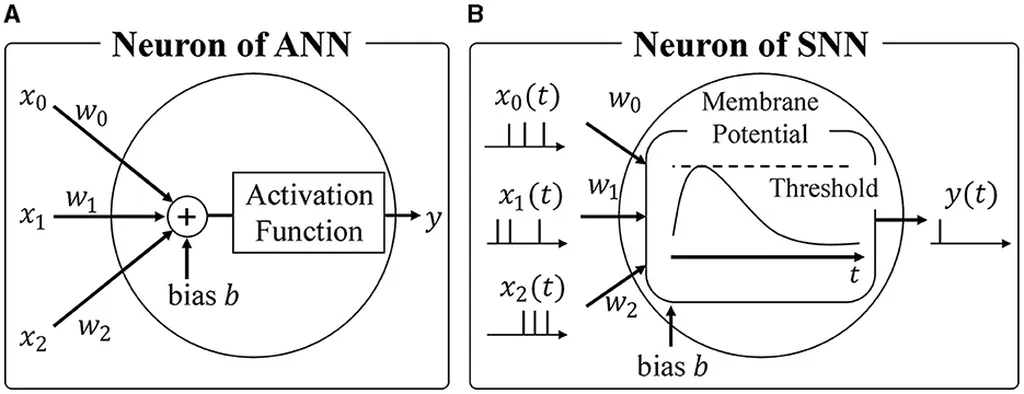In the quest for clean, limitless energy, fusion research has long been a beacon of hope, promising a future where energy is abundant and sustainable. A recent study published in the journal *Nuclear Fusion* (translated from the original title) has taken a significant step forward in this pursuit, offering a novel approach to predicting the energy confinement time in tokamaks—critical devices in the fusion energy landscape. The research, led by Enliang Gao from the School of Computer Science and Engineering at Anhui University of Science and Technology and the Institute of Plasma Physics at the Chinese Academy of Sciences, introduces Bayesian neural networks (BNNs) as a powerful tool for enhancing the accuracy and reliability of these predictions.
Tokamaks, doughnut-shaped devices designed to confine hot plasma using magnetic fields, are at the heart of fusion research. The energy confinement time, denoted as τ_E, is a crucial metric that determines how long the plasma can maintain its energy before cooling down. Accurate prediction of this parameter is essential for optimizing the operation and design of fusion devices, ultimately paving the way for commercial fusion energy.
Traditional methods for predicting τ_E, such as the ITER scaling law, have been the industry standard for decades. However, these methods often lack the precision and uncertainty quantification needed for advanced applications. “Conventional methods provide limited uncertainty estimates, which can be a significant drawback when making critical decisions in fusion research,” explains Gao.
To address these limitations, Gao and his team developed two Bayesian neural network models: VIBNN and NUTSBNN. These models leverage variational inference (VI) and the No-U-Turn Sampler (NUTS), respectively, for posterior inference. The results were evaluated on the multi-machine ITPA global H-mode confinement database and individual datasets from JET, DIII-D, and ASDEX-Upgrade. Both models outperformed conventional methods in terms of accuracy and provided reliable uncertainty estimates.
NUTSBNN, with an inference time of approximately 3 seconds, is well-suited for offline analysis, offering high accuracy and detailed uncertainty quantification. On the other hand, VIBNN provides faster inference at around 0.05 seconds, making it promising for real-time applications. “The ability to provide accurate predictions with reliable uncertainty estimates is a game-changer for the fusion community,” says Gao.
The implications of this research are far-reaching. Accurate and interpretable confinement time predictions can significantly enhance the efficiency and safety of fusion devices, bringing us closer to the dream of commercial fusion energy. “This research highlights the potential of Bayesian neural networks for accurate and interpretable confinement time predictions in fusion research,” Gao adds.
As the world grapples with the challenges of climate change and energy sustainability, the advancements in fusion research offer a glimmer of hope. The work of Enliang Gao and his team represents a significant stride forward, demonstrating the power of cutting-edge machine learning techniques in unlocking the potential of fusion energy. With continued innovation and collaboration, the vision of a future powered by clean, limitless energy may soon become a reality.

